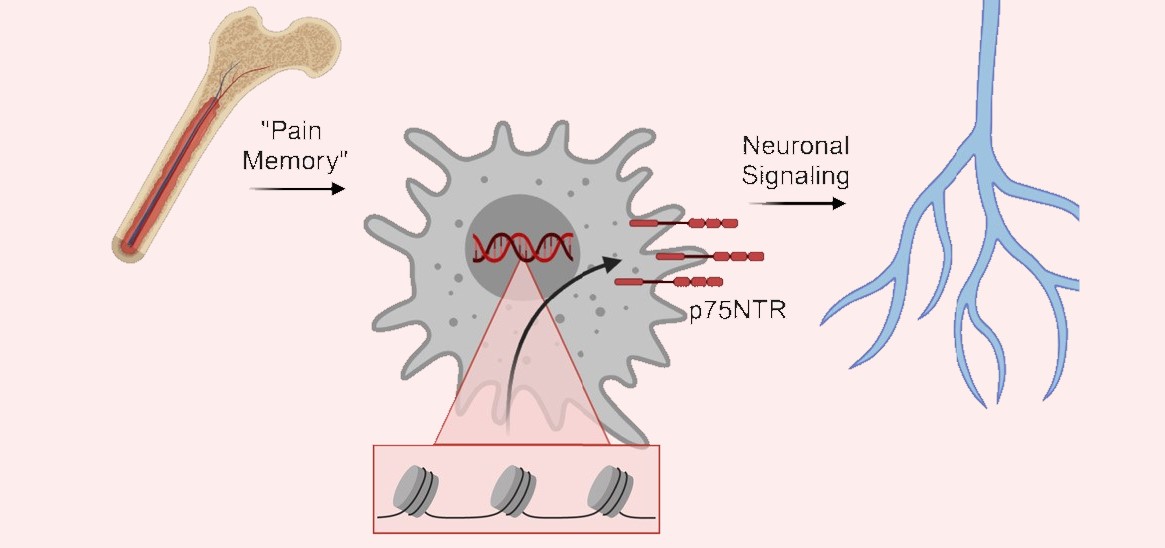The Power of Numbers
Post Date: June 30, 2019 | Publish Date: November 2017

“The beauty of humans is that we’re complex,” says Dr. Tracy Glauser, director of the Comprehensive Epilepsy Center and co-director of the Genetic Pharmacology Service at Cincinnati Children’s. “No one person is the same as any other, and that is really reflected when you’re trying to do science. Although we say we’re studying a disease, we’re really studying individual people within a disease.”
Dr. Philip Reilly, venture partner at Third Rock Ventures, says, “It would be a lie to say that genetics is not complicated. It is, but we’re beginning to find areas where we know enough that we can find situations where we can take action to avert or ameliorate disease.”
DNA’s four key building blocks (A, C, T and G for short) are found in every cell of our bodies. The information within those building blocks plays a key role in the orchestration of life’s processes in ways medical science is only just beginning to understand.
“The most challenging data right now, in terms of its size, is genomic data,” Dr. Peter White, director of biomedical informatics at Cincinnati Children’s, says. “That genomic data at its essence is just four letters, but each person has 3 billion of these letters. When you spread that out, it’s a lot of data, and it overwhelms us, so we need better ways to use that information to find more insights.”






